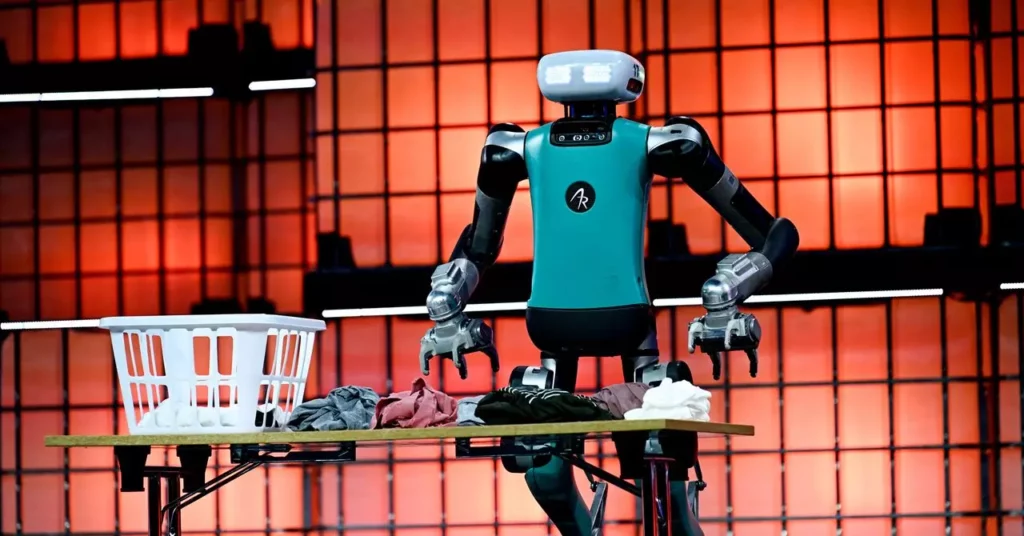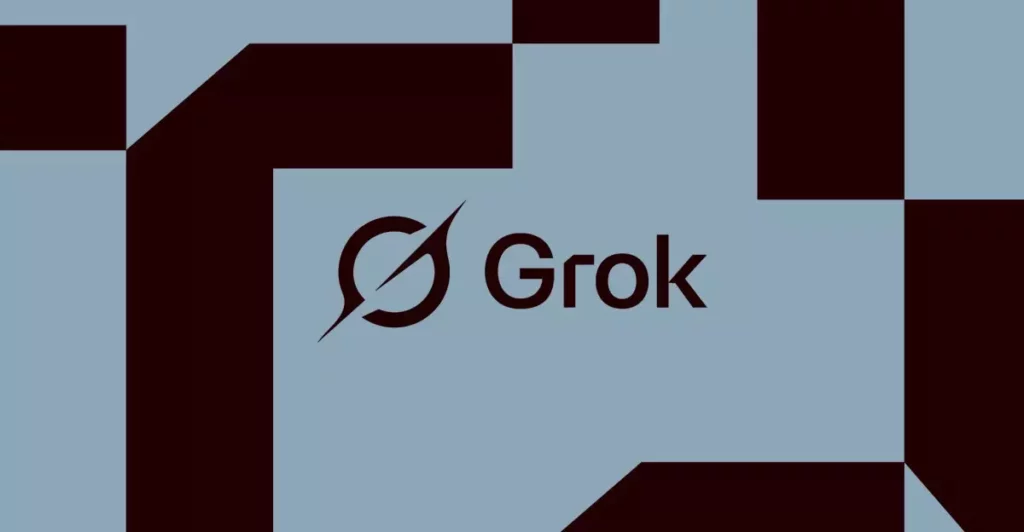As we traverse 2023, societal developments are light-years apart from what our predecessors envisioned only a decade ago. The acceleration of automation technology, driven largely by the emergence of humanoid robots, is fundamentally reshaping our workforce. Companies like Boston Dynamics are no longer tinkering with concepts; they are rolling out sophisticated machines like the all-electric Atlas robot, soon to start operations in a Hyundai factory. Unlike its hydraulic predecessors, which primarily served as spectacles in viral videos, this new iteration promises to redefine labor dynamics, transforming theoretical possibilities into tangible realities. But these changes come with complex implications.
The discussion surrounding the Atlas robot is not just about advancement in design—it’s a broader commentary on human labor itself. With the ability to carry cumbersome loads and tackle challenging environments, humanoid robots could become not mere tools but core team members. While the prospect is thrilling, it raises urgent questions: are we ready for the emotional and occupational recalibration that such technological advancements necessitate? The effectiveness of humanoids in routine physical tasks hints at a deeper shift where human roles could evolve toward higher cognitive functions, potentially sidelining traditional labor.
Flexibility Versus Specialization
The charm of humanoid robots lies in their designed adaptability. Whereas traditional automation has always focused on highly specialized functions, this new class of robotics offers multifunctional capabilities. Innovations from companies such as Agility Robotics and Figure signal an embrace of technology that can pivot according to operational demands rather than being forever tethered to specific tasks. Jonathan Hurst, co-founder of Agility Robotics, succinctly notes that while specialized machines may reign supreme regarding cost-effectiveness in niche situations, the adaptability of humanoid robots is invaluable in diverse environments.
Yet, the trade-off between specialization and flexibility is paramount. Environments that have been optimized for specialized machinery may not readily accommodate versatile humanoids without significant alterations. This dissonance presents a key challenge for industries looking to integrate humanoid bots seamlessly into existing frameworks. Can we genuinely forge ahead into a flexible era without abandoning the efficiencies already gleaned from traditional assembly lines?
The Hurdles Ahead
While the industry buzz indicates a burgeoning future for humanoid robots, the journey is far from smooth. Consider Tesla’s highly ambitious Optimus robot, which has faced scrutiny after demonstrating its limitations in autonomy. If a behemoth like Tesla stumbles, what lessons should smaller enterprises glean about robot integration? The visibility afforded to these challenges is essential; transparency in the robotics sector will be crucial as businesses navigate the murky waters of deploying complex technologies.
Moreover, externalities like supply chain disruptions and geopolitical tensions, such as the recent restrictions on rare-earth metal exports from China, adorn the landscape with additional complexities. Elon Musk’s candid acknowledgment of these hurdles shows that optimism must be tempered with realism. Innovation does not occur in a vacuum; the interplay between economic conditions and technological advancement shapes the logistics of robot production. One wonders how companies can best prepare for the unpredictable challenges that rise amidst technological ambitions.
The Vision of Symbiosis
The philosophy from Boston Dynamics, advocating for a “human-first world,” should evoke critical introspection about the essence of work in our age. Robots designed to enhance rather than replace human contributions resonate with a hopeful narrative of collaboration rather than competition. This stance acknowledges that, even in a world where robots undertake hazardous and labor-intensive tasks, the essence of our humanity—our creativity, emotional intelligence, and problem-solving capabilities—will still hold significance.
Such unique roles could transform the workforce into one where humans gravitate toward more intellectually stimulating pursuits, moving us away from monotonous labor. This notion, however, lies fraught with moral quandaries—what happens to those whose jobs are displaced by integrative technology? The articulation of safeguards against ethical concerns becomes vital as we march toward this integrated future—a future where the relationship between man and machine is defined by mutual upliftment, rather than survival of the fittest.
In the cacophony of advancements, the heartbeat of our future labor dynamics screams for careful consideration. As humanoid robots maneuver their way into workspaces, liquescent forms of employment and society at large are set for unprecedented changes, igniting discussions on ethical implications, adaptability, and the human spirit’s resilience. These threads of innovation, wrapped in complexity, pulse through our collective consciousness, beckoning a response that harmonizes ambition with caution. The salient questions are as urgent as the technology itself: Are we prepared for the brave new world that these innovations promise?









Leave a Reply